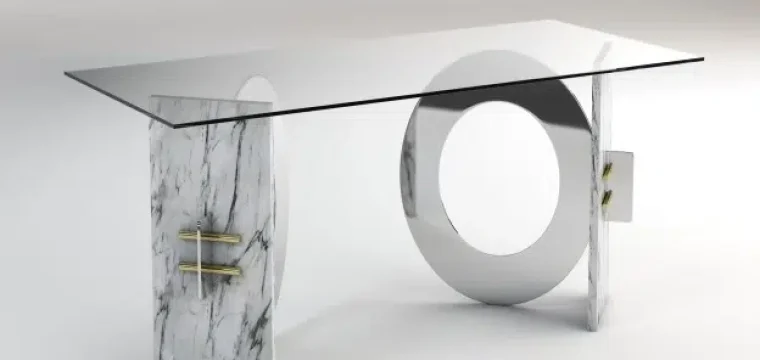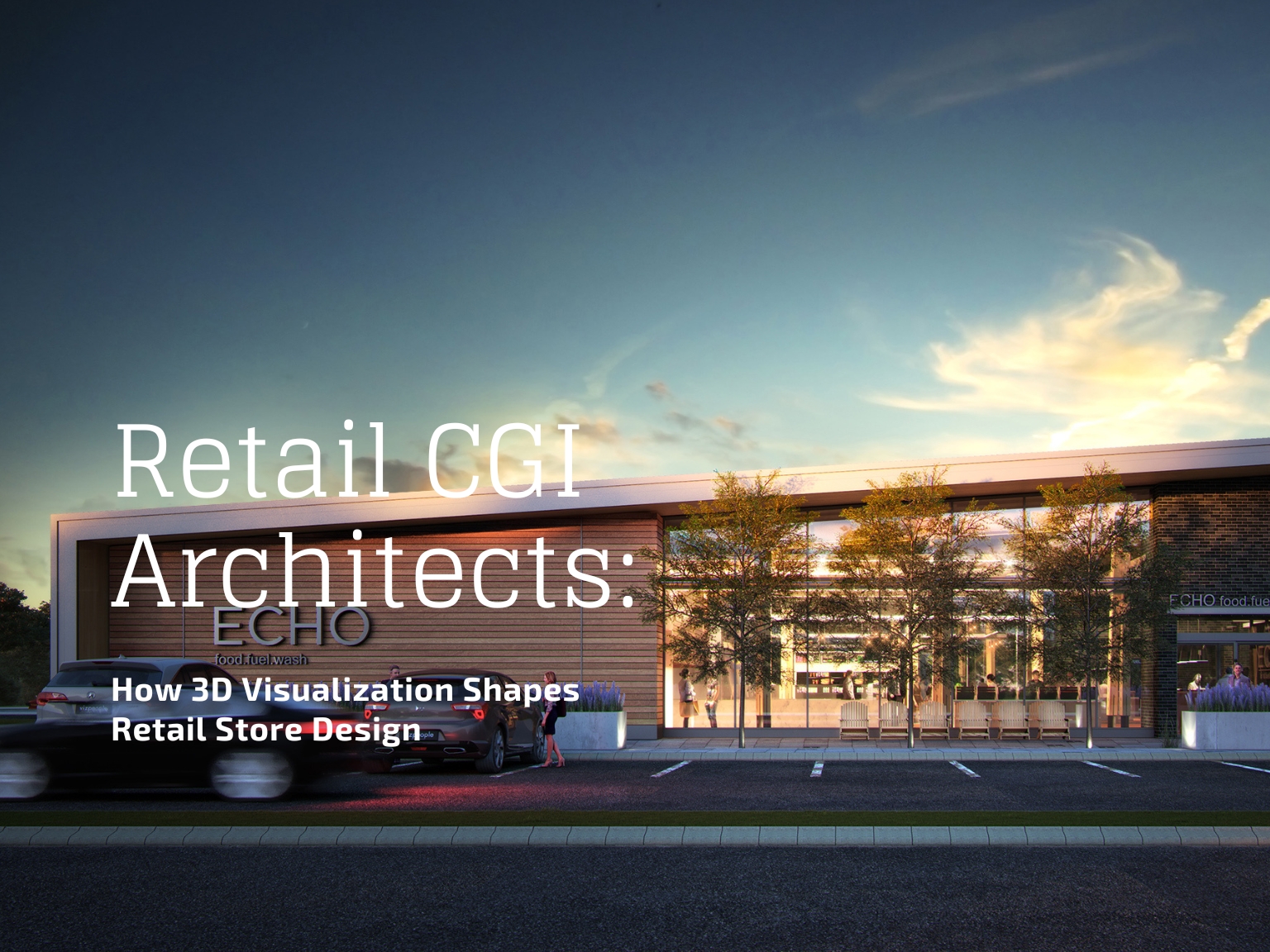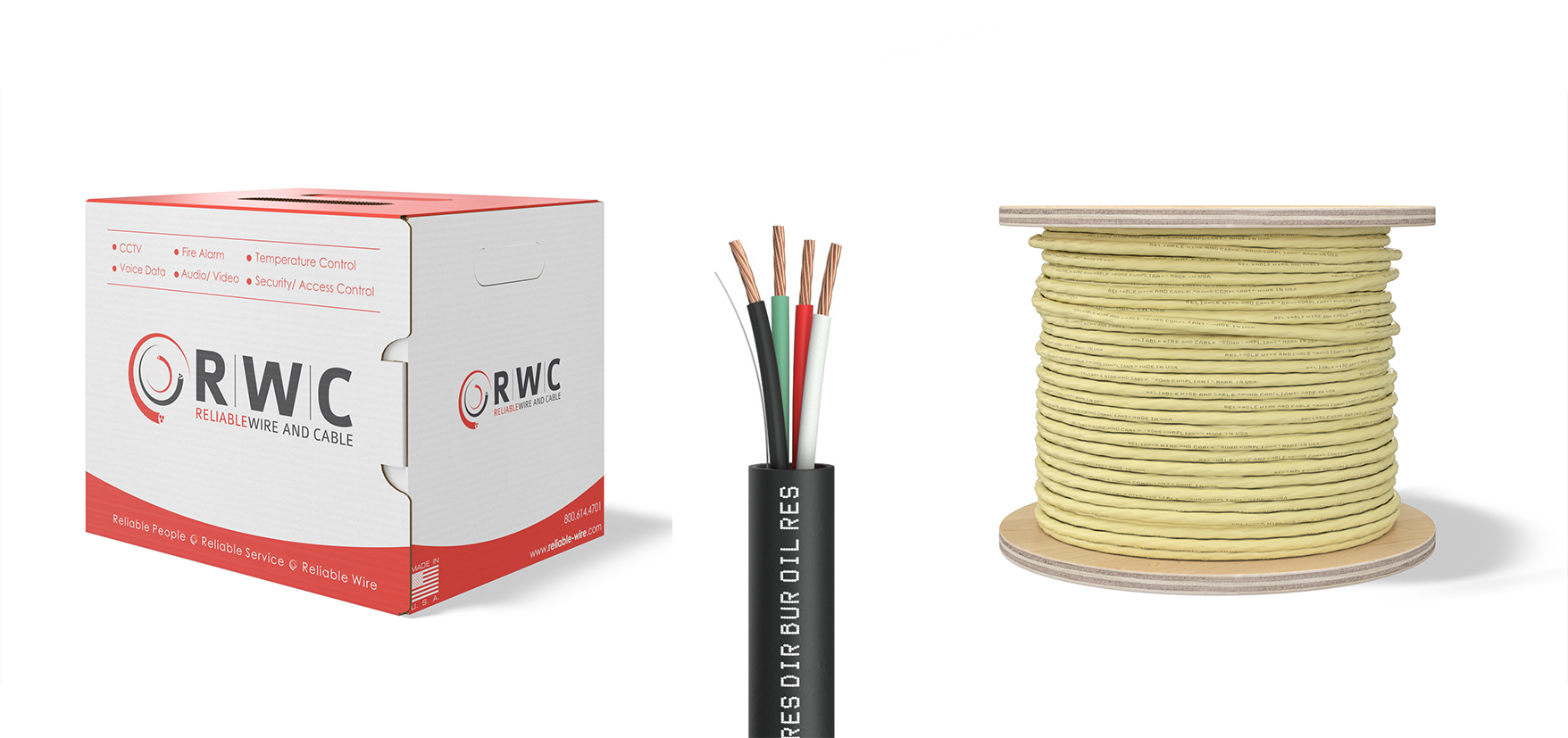Understanding Conceptual Rendering: A Powerful Tool for Visual Communication
Conceptual renderings are called conceptual because these renderings are created to express concepts.
In the architecture and design industry, whether it is a house or a consumer product such as furniture or electronics, when you look at conceptual renderings, you need to keep in mind that the final product may not necessarily look exactly as in the renderings after construction. That means that you may need to consume the images with a pinch of salt while, at the same time, getting an idea of the final product. Nuances and fine technical accuracy are not taken into consideration while rendering a large concept. Throughout this post, I am going to share some conceptual renderings that were produced here at 7CGI.

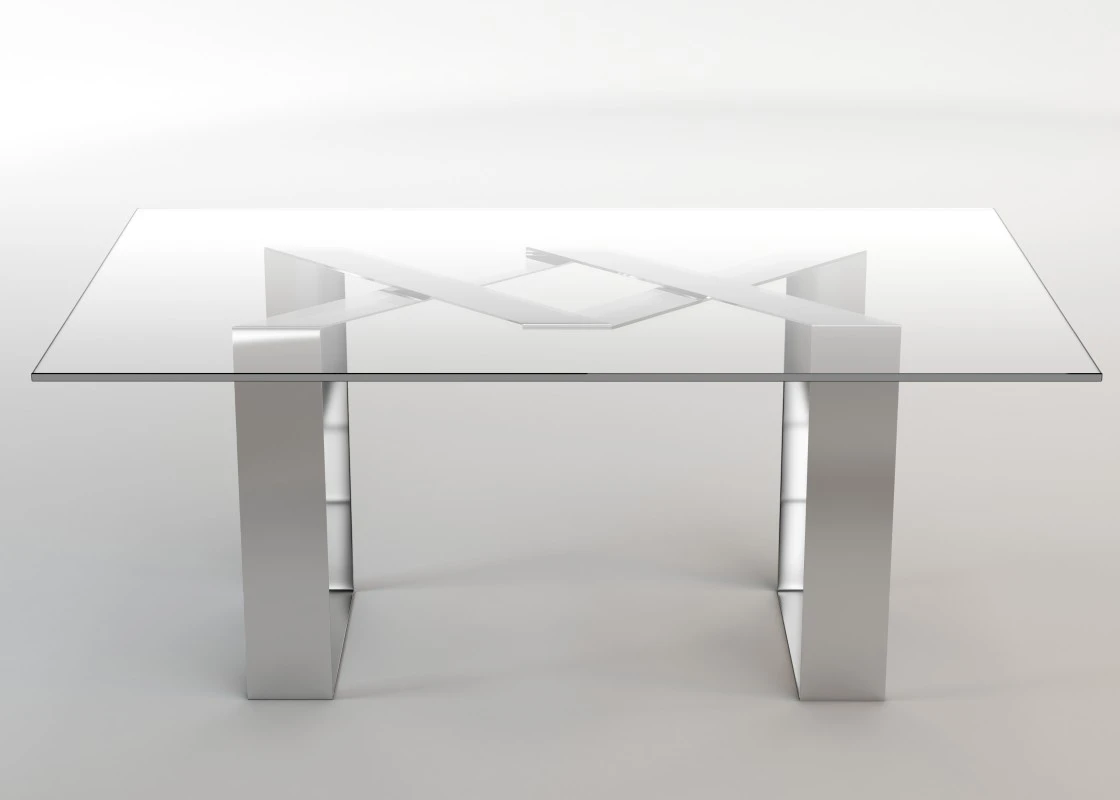

c
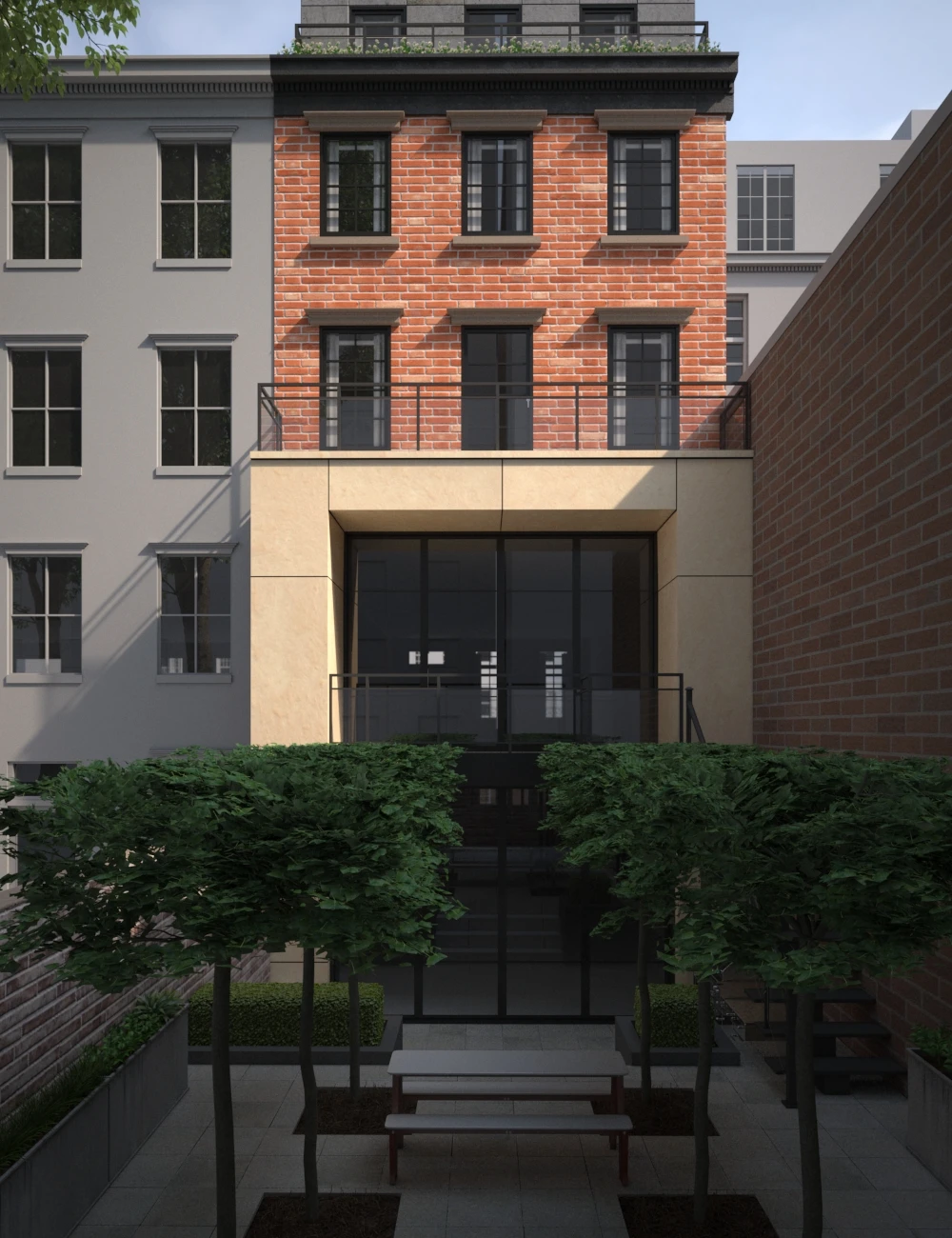

House renovation Conceptual rendering
Many concepts die in the presentation phase. Many make it to the final phase. Our client for the office conceptual rendering above sent us some images after they finished construction. Here is how it looked after construction. Please note that some things have changed.
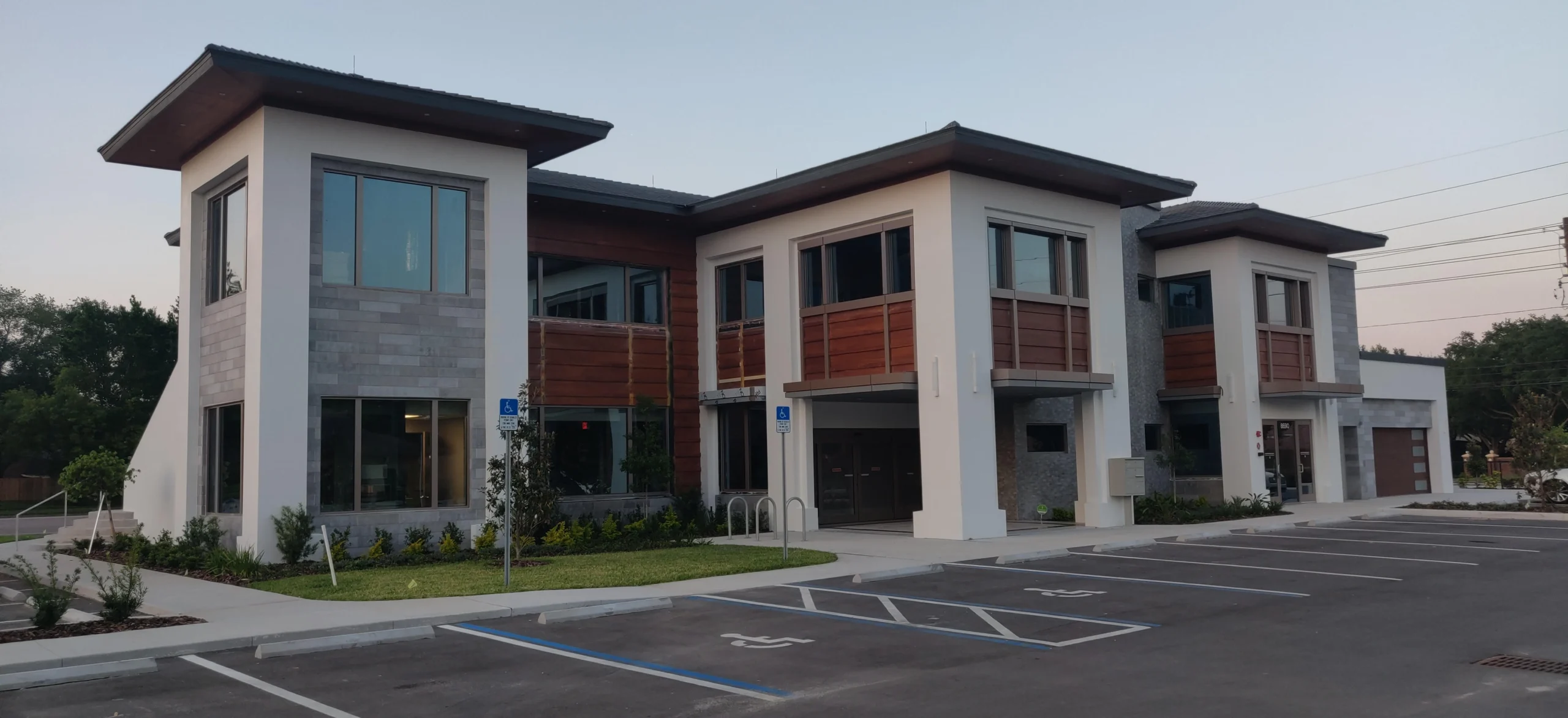
In some cases, you may need 3D Conceptual renderings to explain a process where there is no subject or product.
The Importance of Conceptual Rendering
Conceptual rendering refers to the process of visually representing abstract ideas, concepts, or thoughts in an artistic or graphical form. It is a method of conveying complex notions or ideas through visualizations, allowing the audience to better understand the concept being presented. Conceptual rendering is widely used in various fields, such as architecture, design, advertising, and even science, as it helps to communicate and explore ideas in a way that is more accessible and engaging than textual descriptions alone. Write us at [email protected] to share your idea with us. There is no obligation to work with us. The first consultancy is free!
Applications of Conceptual Rendering
In architecture and design, conceptual rendering is a crucial tool for conveying the vision of a project to clients, stakeholders, and team members. It helps architects and designers present their ideas effectively, combining elements such as aesthetics, functionality, and context into a coherent image. Through conceptual renderings, designers can demonstrate how a building or space will look, feel, and function, making it easier for clients to understand the proposed design and make informed decisions.
In advertising, conceptual rendering is used to create compelling visuals that effectively communicate the message behind a product or service. Advertisers rely on conceptual renderings to convey the benefits and value propositions of their offerings, as well as to evoke emotions and create a connection with the target audience. By presenting abstract concepts such as comfort, luxury, or innovation through captivating visuals, advertisers can more easily persuade consumers to engage with their brand and ultimately make a purchase.
In the realm of science, conceptual renderings play a crucial role in simplifying complex scientific concepts and making them more accessible to a broader audience. Scientists often use visual representations to explain phenomena that are difficult to grasp through verbal or written descriptions alone. For example, molecular structures, cellular processes, and astronomical phenomena can all be more easily understood when presented visually engaging and informative.
The Process of Conceptual Rendering
The process of conceptual rendering typically begins with brainstorming and sketching, where the artist or designer explores different ideas and visual representations for the concept at hand. This stage allows for experimentation and iteration as the artist refines their vision and develops a better understanding of the most effective way to convey the intended message.
Once a rough idea is established, the artist may then use a variety of tools and techniques to create the final conceptual rendering. Traditional methods, such as drawing or painting, may be employed to produce hand-rendered images. Alternatively, digital tools and software, such as Adobe Illustrator or 3D modeling programs, may be used to create computer-generated renderings. The choice of method will largely depend on the specific requirements of the project and the preferences of the artist.
Ensuring Effective Conceptual Renderings
Throughout the process, it is essential for the artist to maintain a strong focus on the underlying concept and ensure that the visual representation remains true to the intended message. This may involve collaborating closely with clients, stakeholders, or subject matter experts to gather feedback and ensure that the rendering effectively communicates the desired information.
The Role of 3D Visualization in Conceptual Rendering
3D visualization is a technique that uses computer graphics and rendering software to create realistic, three-dimensional representations of objects, environments, or concepts. When applied to conceptual rendering, 3D visualization enables artists, designers, and professionals to convey abstract ideas more effectively by adding depth, detail, and realism to the visual representation. This powerful combination allows for a more engaging and immersive experience, enabling audiences to better understand and appreciate the concept being presented.
Advantages of Using 3D Visualization in Conceptual Rendering
Enhanced Realism:
3D visualization brings an unparalleled level of realism to conceptual renderings. This helps in creating more accurate and lifelike representations, making it easier for the audience to visualize and understand the concept being presented.
Improved Communication:
By providing a detailed and immersive visual representation, 3D visualization allows for more effective communication of complex ideas, especially when compared to traditional 2D renderings. This can lead to better collaboration and decision-making among team members, clients, and stakeholders.
Interactivity:
3D visualization allows for the creation of interactive models, which can be manipulated, explored, and viewed from different angles. This interactivity offers a more engaging and comprehensive understanding of the concept, as it enables the audience to examine various aspects and details that may not be readily apparent in a static 2D rendering.
Design Optimization:
The use of 3D visualization in conceptual rendering enables designers and architects to identify and address potential issues or challenges in their designs more effectively. By visualizing the concept in three dimensions, they can gain a better understanding of how different components interact and make necessary adjustments to optimize the design.
Applications of 3D Visualization in Conceptual Rendering
Architecture and Planning:
3D visualization is widely used in architectural conceptual rendering to provide a detailed and accurate representation of proposed buildings, spaces, and urban environments. This helps architects, planners, and clients make informed decisions about the design, functionality, and aesthetics of a project.
Product Design and Development:
In product design, 3D Product visualization plays a crucial role in creating realistic and detailed renderings of new products or concepts. This enables designers and engineers to evaluate the feasibility and marketability of their ideas, as well as to identify and address potential design flaws before moving on to the production stage. The table 3D Rendered image below is a concept of a furniture designer we worked with.
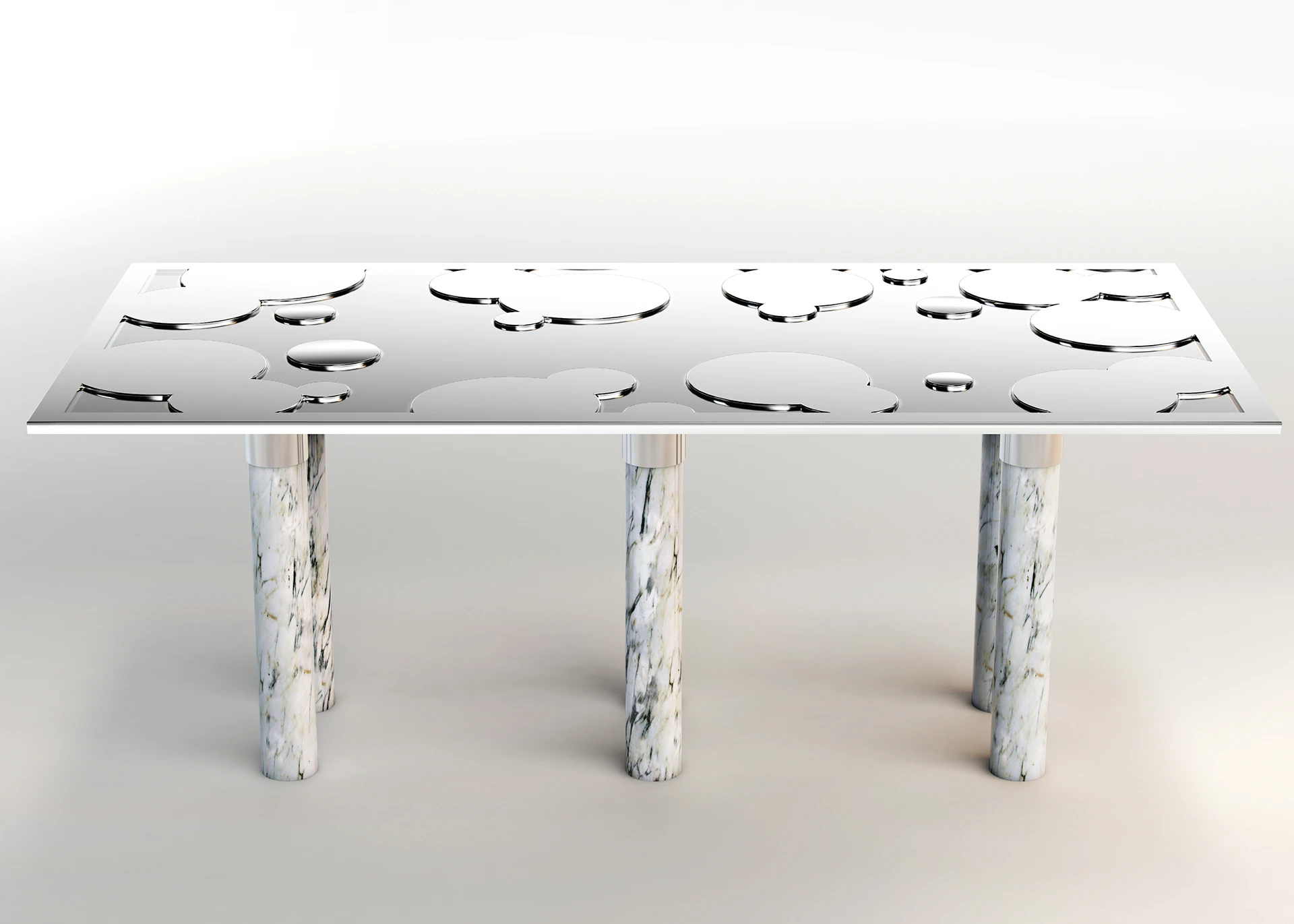
Advertising and Marketing:
3D visualization is used in advertising to create compelling and engaging visuals that effectively communicate the benefits of a product or service. By presenting abstract concepts such as comfort, luxury, or innovation through realistic and captivating 3D renderings, advertisers can more easily persuade consumers to engage with their brand and make a purchase.
Scientific Visualization:
In the realm of science, 3D visualization is used to create detailed and accurate representations of complex scientific concepts, such as molecular structures, cellular processes, and astronomical phenomena. These renderings can help researchers better understand their subject matter, as well as make their findings more accessible to a broader audience.
Conclusion
Conceptual rendering is a powerful tool for visually representing abstract ideas and concepts in a way that is engaging, informative, and accessible. By employing this technique across various fields, professionals can more effectively communicate their ideas and visions, facilitating understanding and fostering collaboration among diverse audiences. Conceptual rendering not only helps to bring ideas to life but also serves as a critical bridge between imagination and reality, enabling the successful realization of innovative projects and groundbreaking discoveries.
Conceptual rendering in 3D visualization is a powerful tool for bringing abstract ideas and concepts to life in a visually engaging and immersive manner. By leveraging the advantages of 3D visualization, professionals across various fields can more effectively communicate their ideas, optimize their designs, and facilitate understanding and collaboration among diverse audiences. With the continued advancement of rendering technologies and software, the potential applications and impact of 3D visualization in conceptual rendering will only continue to grow.
Conceptual Renderings are to communicate concepts. And there is no better way other than 3D Rendering and Visualization to create conceptual renderings.
If you have any questions about this article or want to discuss your idea with us, please write us at [email protected].

